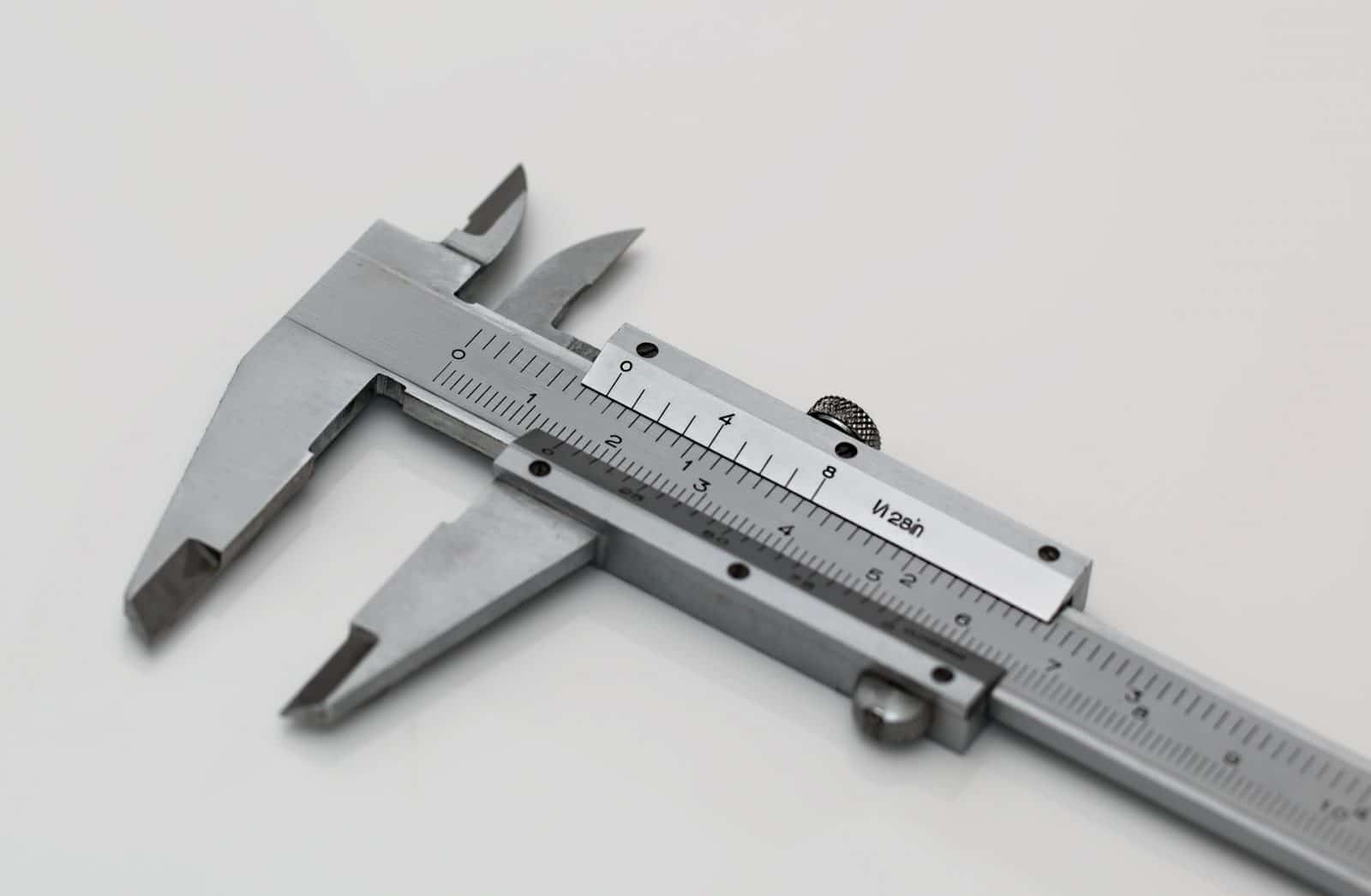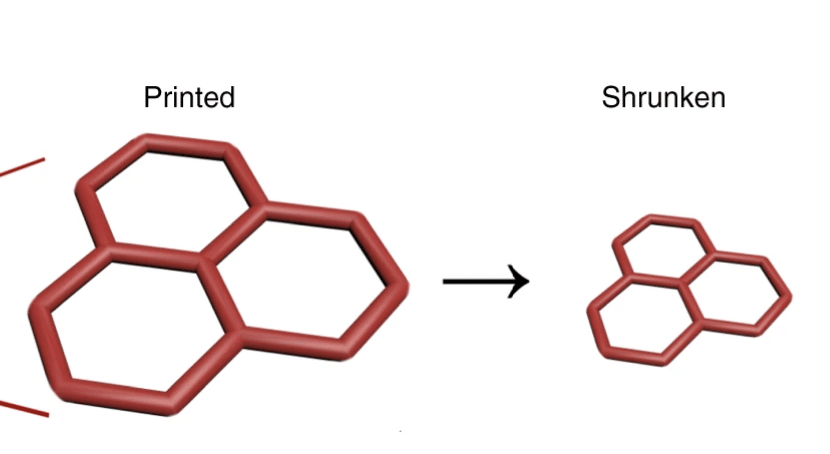Allevi Blog
Shrinking Printing: Enhanced Bioprinting Resolution from Allevi Author
- Updated on May 15, 2020
“Shrinking printing” opens the possibility to improve your 3D bioprinting resolution with quick and simple post-processing. If your goal is to create small channels, a fine mesh, or similar micro-geometries without compromising the cell compatibility, make sure to read this new Allevi Author publication.

Bioprinting in HD
Cells, the building blocks of our tissues, exist in micrometer-scale, and to fully recapitulate architecture of different organs or biological systems we need to operate on that level. Microextrusion bioprinters, like Allevi, are great tools that combine fine spatial control on a micrometer level with a high speed of manufacturing biological construct on a macro-scale. The smallest printable feature depends on nozzle diameter and material properties among others. Jiaxing Gong and co-authors of a new Nature Communications publication “Complexation-induced resolution enhancement of 3D-printed hydrogel constructs” found a clever solution to print finer details than ever before.
There are existing solutions for high-resolution bioprinting, but they either rely on stereolithography, laser-assisted methods, or reduction of nozzle size. These modalities very often are limited in material or cell compatibility, they might require expensive equipment and may result in low cell viability due to harsh conditions applied. Using an Allevi 2 bioprinter, authors of this publication demonstrated a novel approach to high-resolution bioprinting: shrinking printing. This method is a step within post-processing and does not require changing your hardware setup.

Compatible With Your Favorite Bioink
Some of the most relevant bioinks such as hyaluronic acid methacrylate (HAMA), gelatin methacrylol (GelMA), or alginate were shown to be compatible with shrinking printing. After a standard extrusion-based material deposition and crosslinking constructs were placed in a chitosan solution which resulted in material shrinkage even up to 80%. Shrinking is enabled by water expulsion from electrically charged hydrogels upon immersion in an oppositely charged biocompatible solution.
Cell-friendly Approach
Shrinking printing is a very straight-forward process that can be applied to different bioprinting methods: simple extrusion, sacrificial, or coaxial bioprinting. Researchers using this method were able to create microchannels with diameters corresponding to capillary vessels in human tissue. Cells used with shrinking-printing maintained good viability and additionally the reduced volume of the bioprinted construct increased their culture density.
Applications of this method range from microfluidic device bioprinting to the creation of high-resolution biomimetic constructs. Its simplicity, low cost, and material compatibility can provide you with a new technique in your bioprinting toolbox.
Read the full article here.